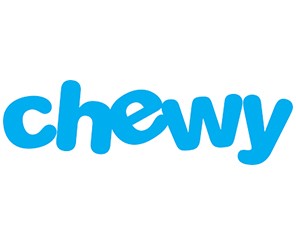US Markets Loading...
h
m
s
Trump's in hot water again
Prosecutors say Trump violated his gag order 10 times in the past three weeks. He faces fines and a threat of future jail time, legal experts say.
The rules for real estate have changed. Here’s how you can profit from the upheaval.
The National Association of Realtors' huge settlement will upend the housing market. It will also help homebuyers save thousands of dollars.
Anne Hathaway says she had to make out with 10 guys in a day for 'gross' chemistry auditions
Hathaway told V Magazine that making actors kiss during their chemistry auditions was the norm. She said she was young that she went along with it.
Mark Zuckerberg did not see the GenAI wave coming. He prepared anyway.
The founder and CEO of Meta admitted in a podcast interview that he wasn't expecting to use all of the GPU's he's acquired for generative AI tools.
Video
New Episodes This Week
A woman lost 55 pounds making 2 easy changes to her diet and exercise habits. Wegovy got her to 105.
A woman eased herself into exercising and healthy eating and lost 55 pounds. That gave her the foundation she needed to lose another 50lbs on Wegovy healthily.
As a financial planner, I give my clients 4 tips to make their money last a lifetime
I work with clients who want to make sure their money lasts for their lifetime, but I also remind them to benefit from their money now.
The most daring looks celebrities wore to Coachella 2024
Many celebrities wore daring looks to Coachella 2024, from sheer dresses and miniskirts to bodysuits with cutouts.
I was LinkedIn’s first head of HR. PIPs don’t work — there's a better way to help struggling employees.
An HR professional with over three decades of experience shares a better approach to performance-improvement plans.





